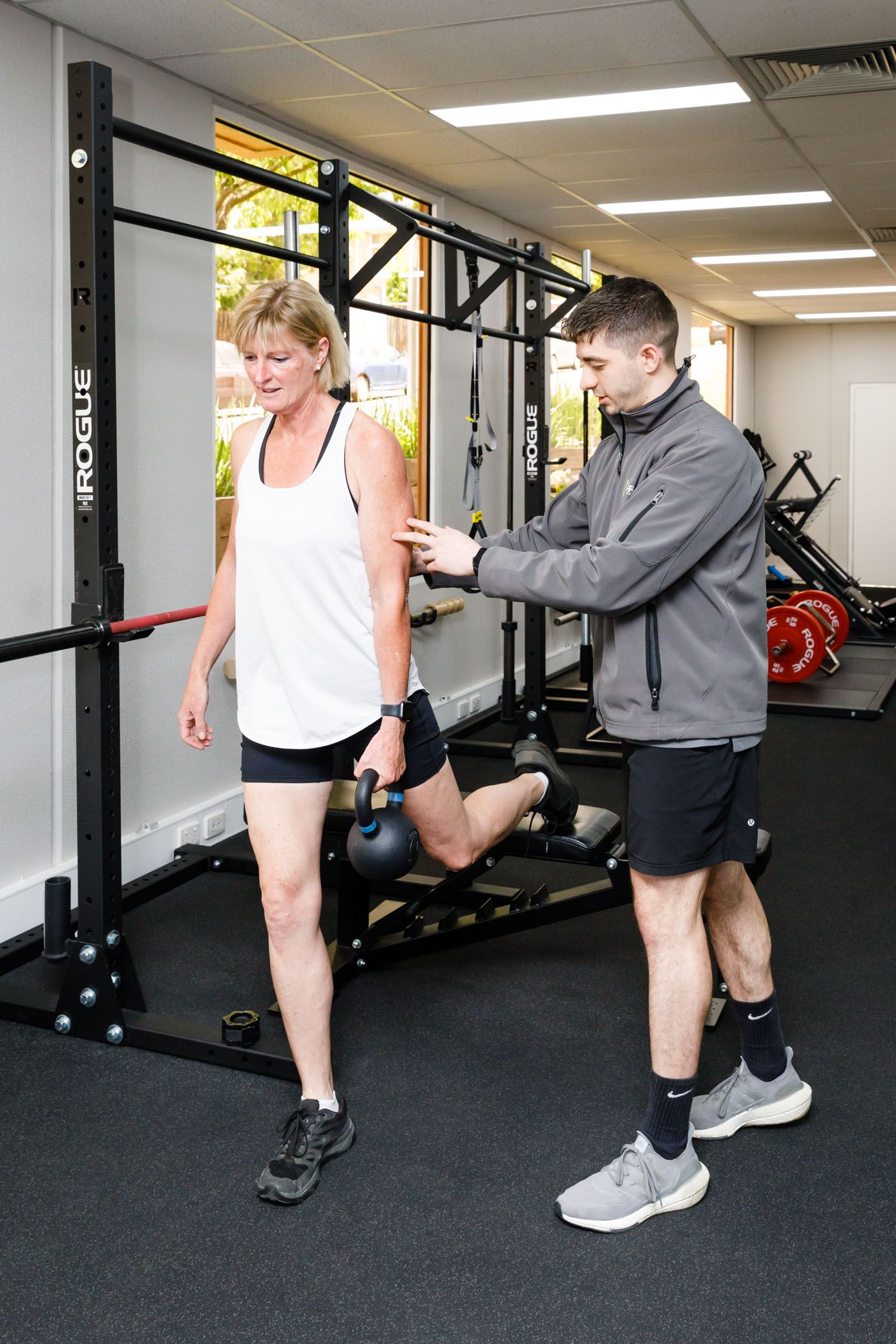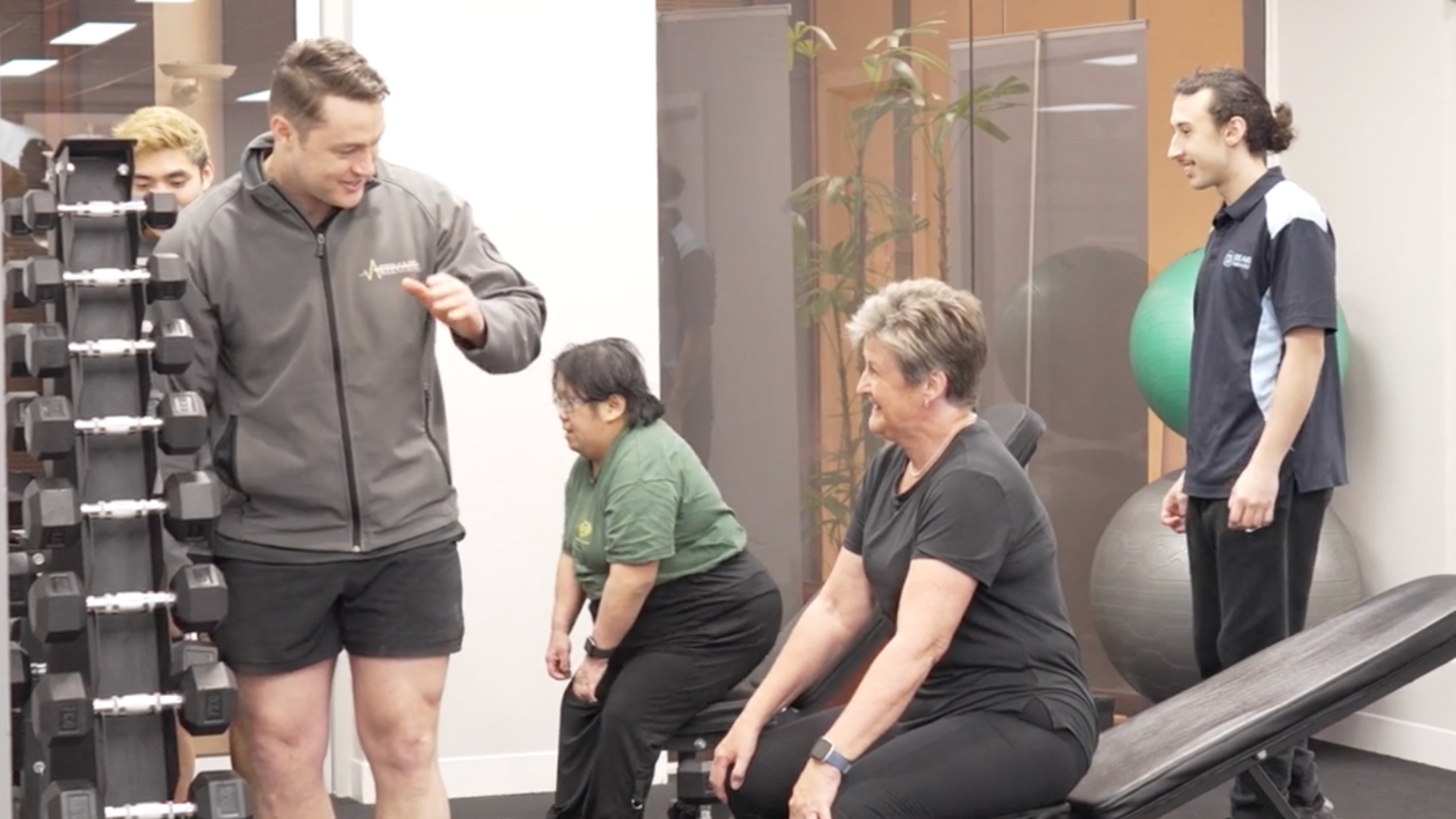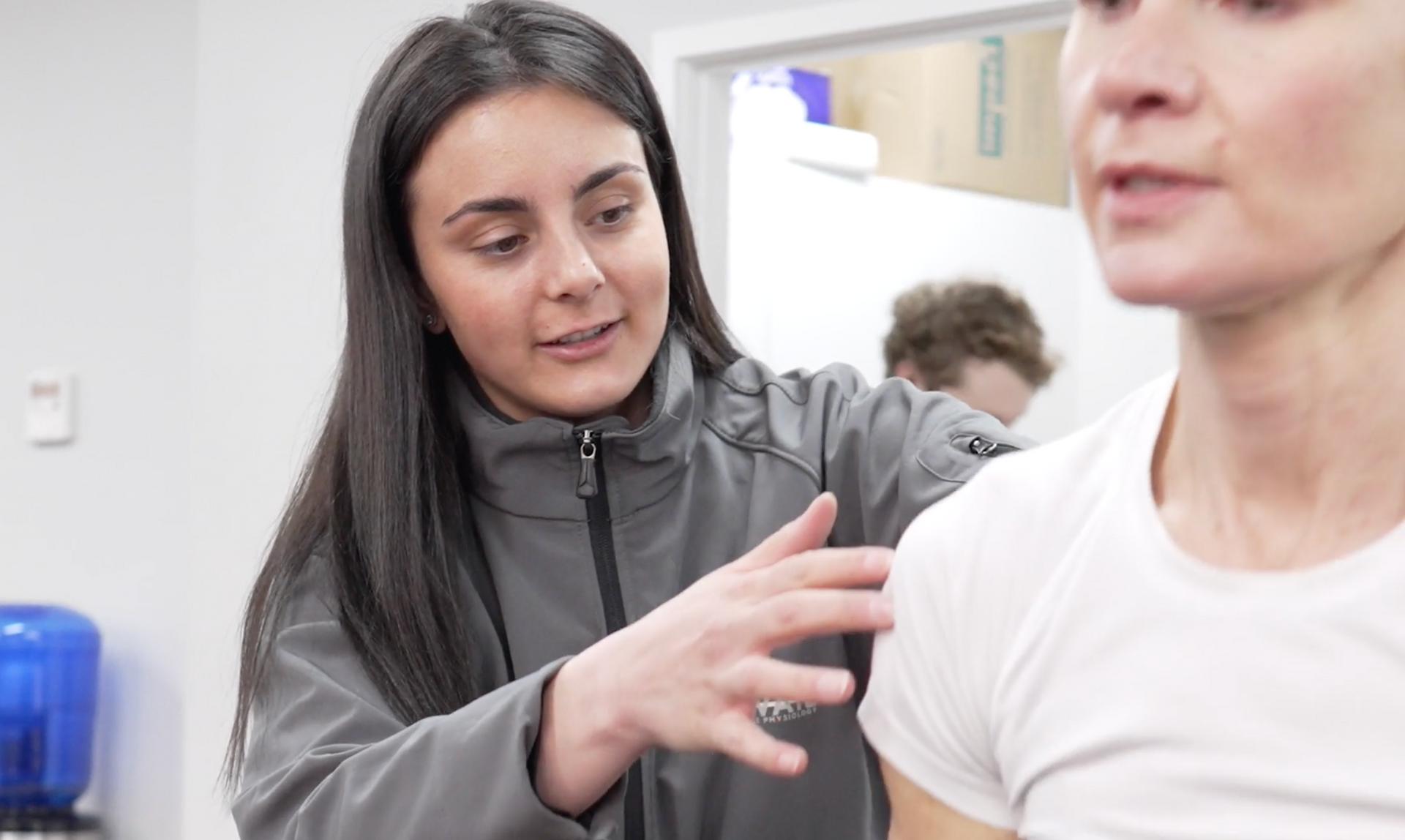Exercise Physiology: 1/131 Bulleen Road, North Balwyn 3104
Occupational Therapy & Speech Pathology: 1/147 Bulleen Rd North Balwyn
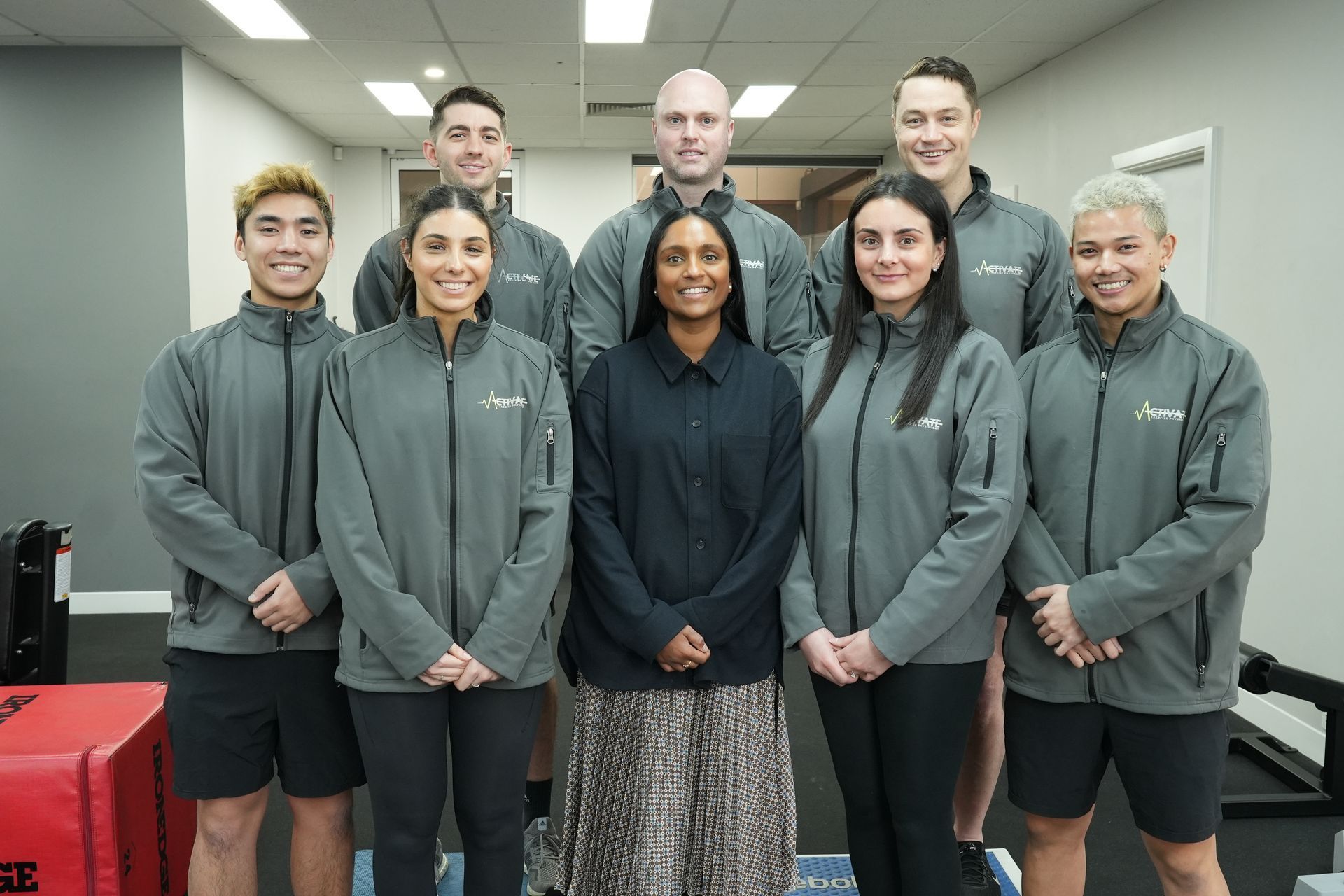
A Day in the Life of an Exercise Physiologist in Melbourne
At Activate Allied Health, our team of dedicated Exercise Physiologists (EPs for short) in Melbourne work tirelessly to improve the lives of our clients. For those considering a career in Exercise Physiology or looking to join a fun team like ours, we'd like to offer you a glimpse into a typical day in the life of an EP. Through the experiences of our team members, you'll see the diverse and rewarding nature of this profession.
As the sun rises over Melbourne, our EPs are already preparing for a day filled with client interactions, professional development, and teamwork. Olivia Chiarello, one of our experienced Exercise Physiologists, starts her day by reviewing her schedule.
"My diary typically includes a 60-minute case conference and a 30-minute meeting with a student I'm mentoring,"
she explains.
"A large part of my day is then client-facing, working with a broad range of clinical populations."
The morning usually begins with client sessions. Nadunie Piyasena, another valued EP on our team, describes these interactions: "We guide clients through their exercises, discuss strategies like pacing activities throughout the day, provide education on pain management, and go over home exercises." Nadunie adds,
"Sometimes, it's just about having a general chat to help clients socialise – that's an important part of their overall well-being too."
As the day progresses, our team members juggle various responsibilities. Aislinn Gesuale, an EP with a passion for ongoing learning, emphasises the importance of staying current:
"Between client sessions, I'm often planning and updating treatment plans, and keeping up to date with the latest research about my clients' presentations. This ongoing learning is crucial in providing the best care possible."
Quinton Le, an EP on our team known for his energetic approach, shares his daily flow:
"The day always starts with greeting everyone before checking the diary. Then it's a mix of working with scheduled clients, handling emails and calls, grabbing a quick bite, chatting with colleagues, and maybe running off to a home visit."
Home visits are an essential part of many EPs' routines. These visits allow us to assess and treat clients in their own environments, providing tailored solutions for their daily lives. Adele Stevens, an EP who specialises in home-based care, elaborates on the variety in her caseload:
"In one day, I work with a variety of clients and conditions funded through NDIS, Medicare, WorkCover, and private-paying clients. This diversity keeps the job interesting and challenging."
Many of our team members are proud of the mentoring aspect of the job too. Olivia shares her experience: "I love mentoring students. It involves writing their schedules, providing feedback, and observing their skills. It's rewarding to help shape the next generation of Exercise Physiologists."
As the day winds down, our team members often engage in professional development activities. This might involve researching specific client conditions, participating in team discussions, or attending workshops. Adele notes,
"When I have spare admin time, I complete any necessary progressions or adjustments of clients' exercise programs or their assessments. If needed, I'll conduct initial assessments and reassessments, taking various subjective and objective measures as baseline levels for each client."
The collaborative nature of our work at Activate Allied Health is evident in the way our EPs interact throughout the day. Quinton describes end-of-day activities:
"Before heading home, there's often a discussion about clients with other team members. It's a chance to share insights and ensure we provide the best possible care."
This sentiment is echoed by all team members, who value the opportunity to learn from and support each other.
As the day comes to a close, our team members reflect on their achievements and prepare for tomorrow. It's a profession that demands energy, empathy, and expertise, but the rewards are immeasurable. Each day brings new challenges and opportunities to positively impact someone's life.
For those considering a career in Exercise Physiology, this glimpse into a day at Activate Allied Health showcases the dynamic and fulfilling nature of the profession. It's a career that combines scientific knowledge with genuine care, offering the chance to make a real difference in people's lives every single day.
The Activate Allied Health Difference
At Activate Allied Health, we're proud of our Exercise Physiologists' work and the positive changes they bring to our clients' lives. We value a fun, close-knit working culture and focus on client outcomes, not ridgid KPIs. We believe that better the outcomes for our clients, the better the outcome for everyone.
If you're passionate about health, movement, and helping others, a career in Exercise Physiology could be your calling.
And if you're looking for a job as an Exercise Physiologist in Melbourne, be sure to apply via this link - we're always looking to expand our team with inspired professionals.
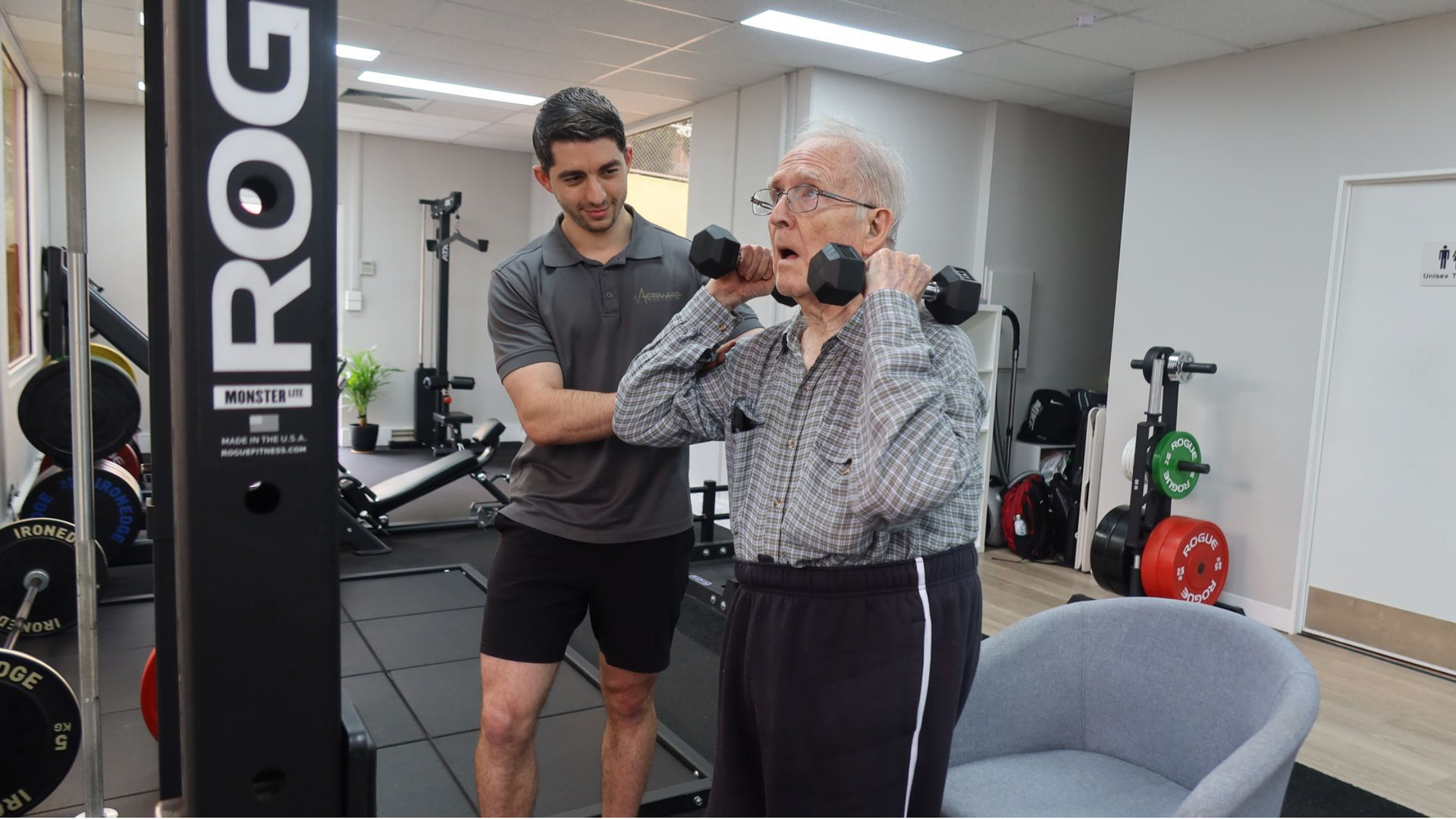
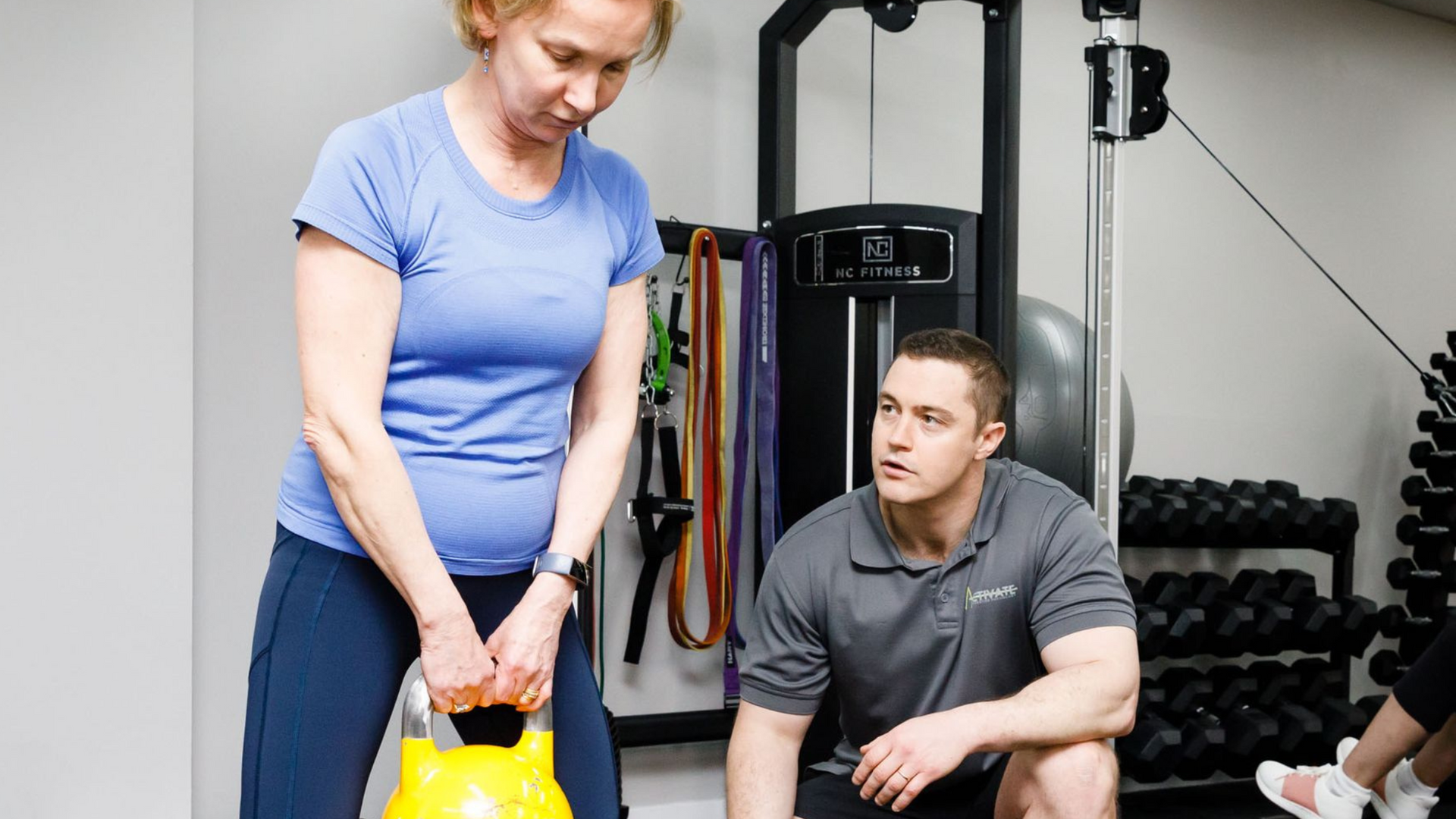

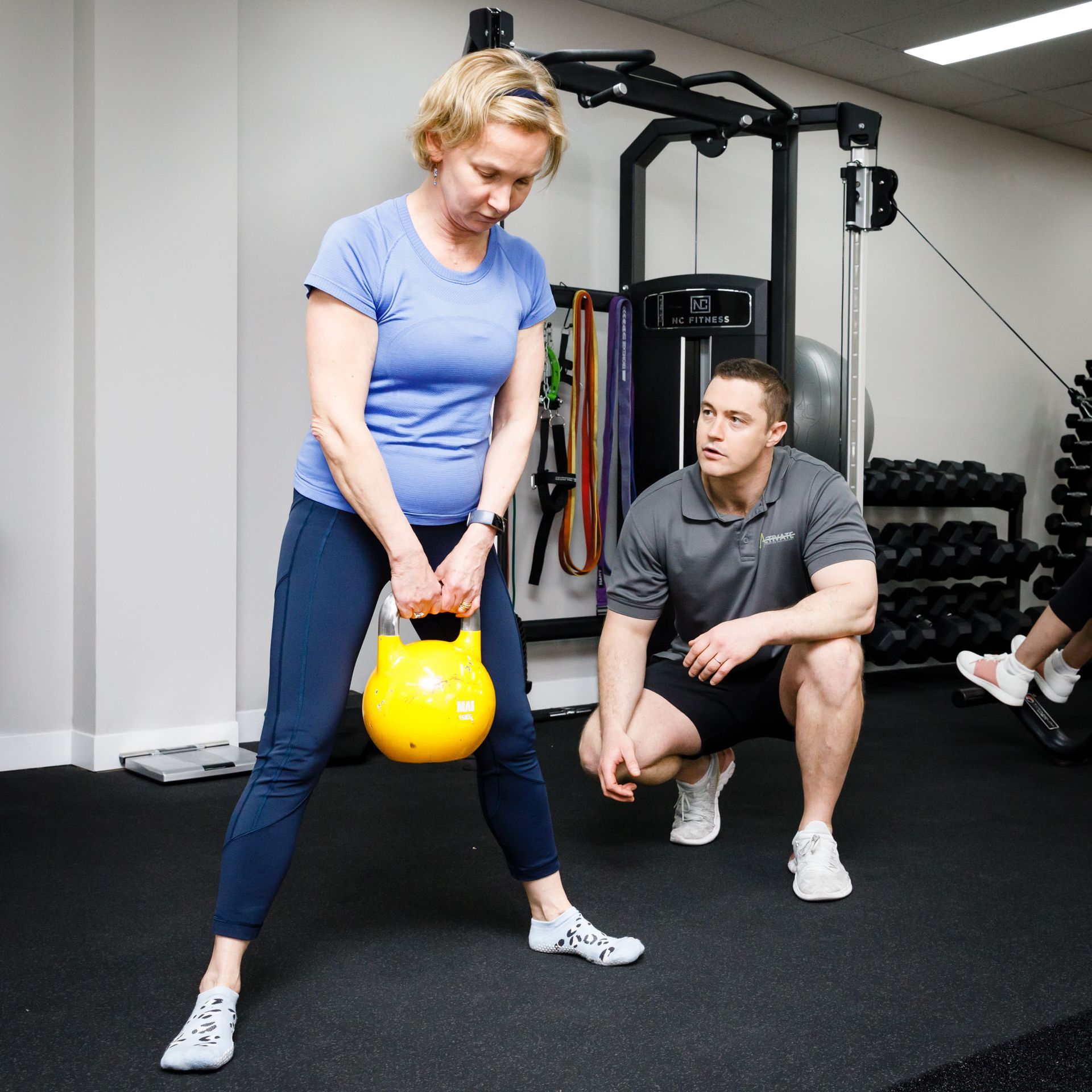
ACKNOWLEDGEMENT

We acknowledge Australian Aboriginal People and Torres Strait Islander People as the first inhabitants of the nation, and acknowledge Traditional Owners of the lands where our staff and students live, learn and work.
Contact & Hours
WELCOMING ALL COMMUNITIES
At Activate Allied Health, we're committed to creating an environment where everyone feels welcome and valued. Our dedication extends across every community, including LGBTQIA+ individuals and people from all minority groups. We believe in health equity and strive to provide compassionate and tailored care to all Australians.
Activate Exercise Physiology ©2024 | ABN 50 360 153 131 | Privacy Policy | Website by Roadmap Digital |


